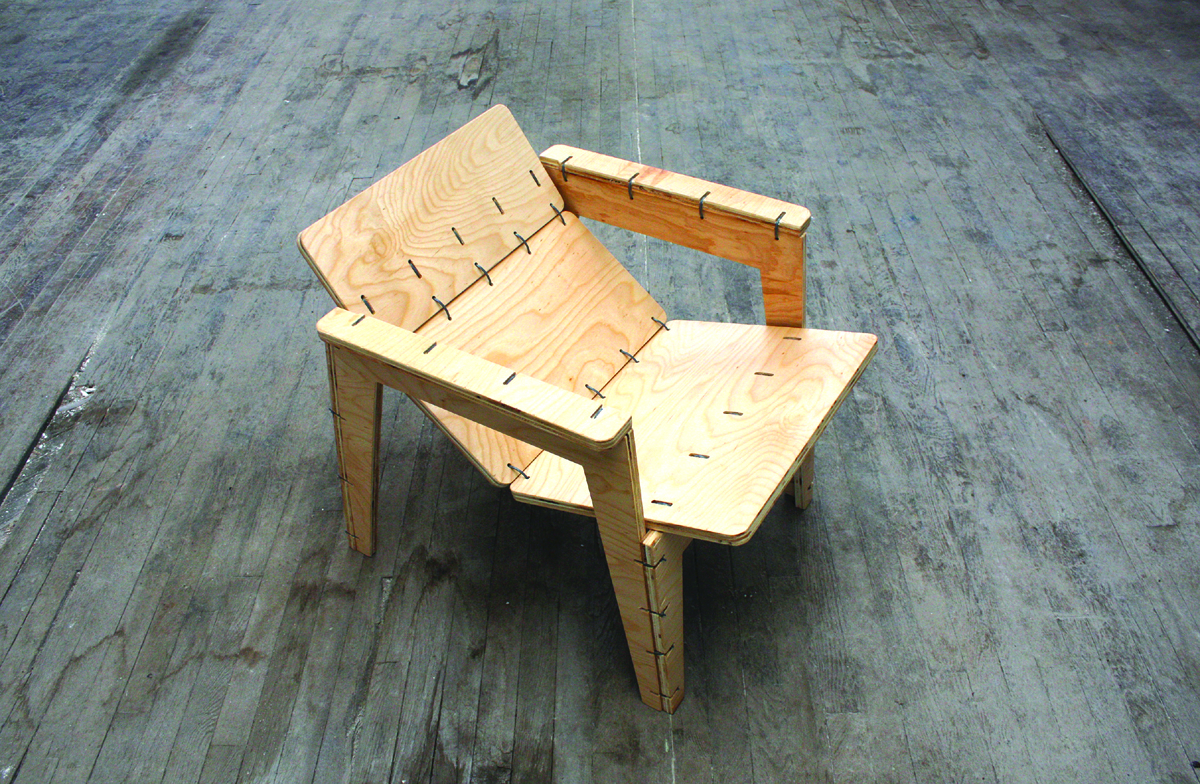The iconic Steam-Bent Chair No. 14, invented by Michael Thonet in 1859, was the first flat-pack furniture kit. It was shipped across Europe on then-new railways, becoming one of the most popular chairs ever made.
CNC manufacturing gives us the ability to do Mr. Thonet one better, distributing the information about the chair instead of the chair itself. Using new digital tools, I spent 6 months designing and prototyping the Zip Tie Lounge Chair, a low-key living room companion for makers on the move. It goes together (and comes apart) in minutes and costs less than $50.












